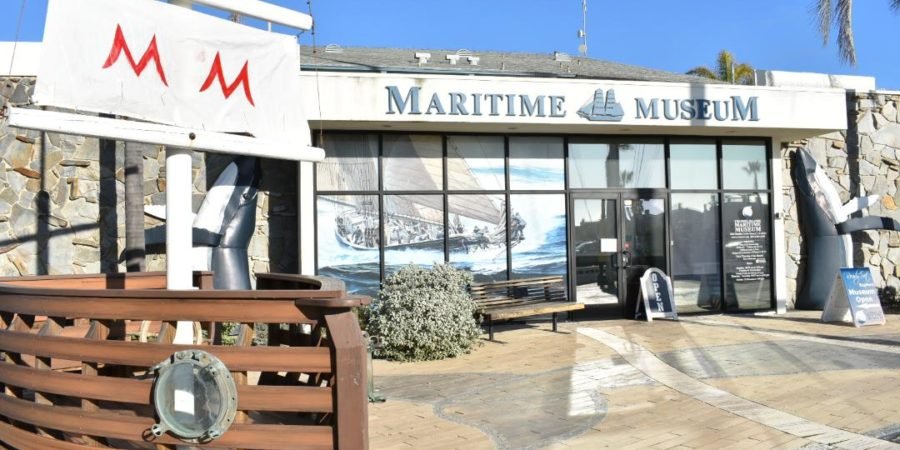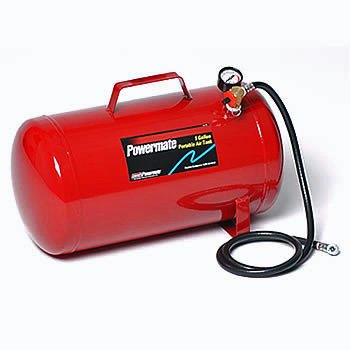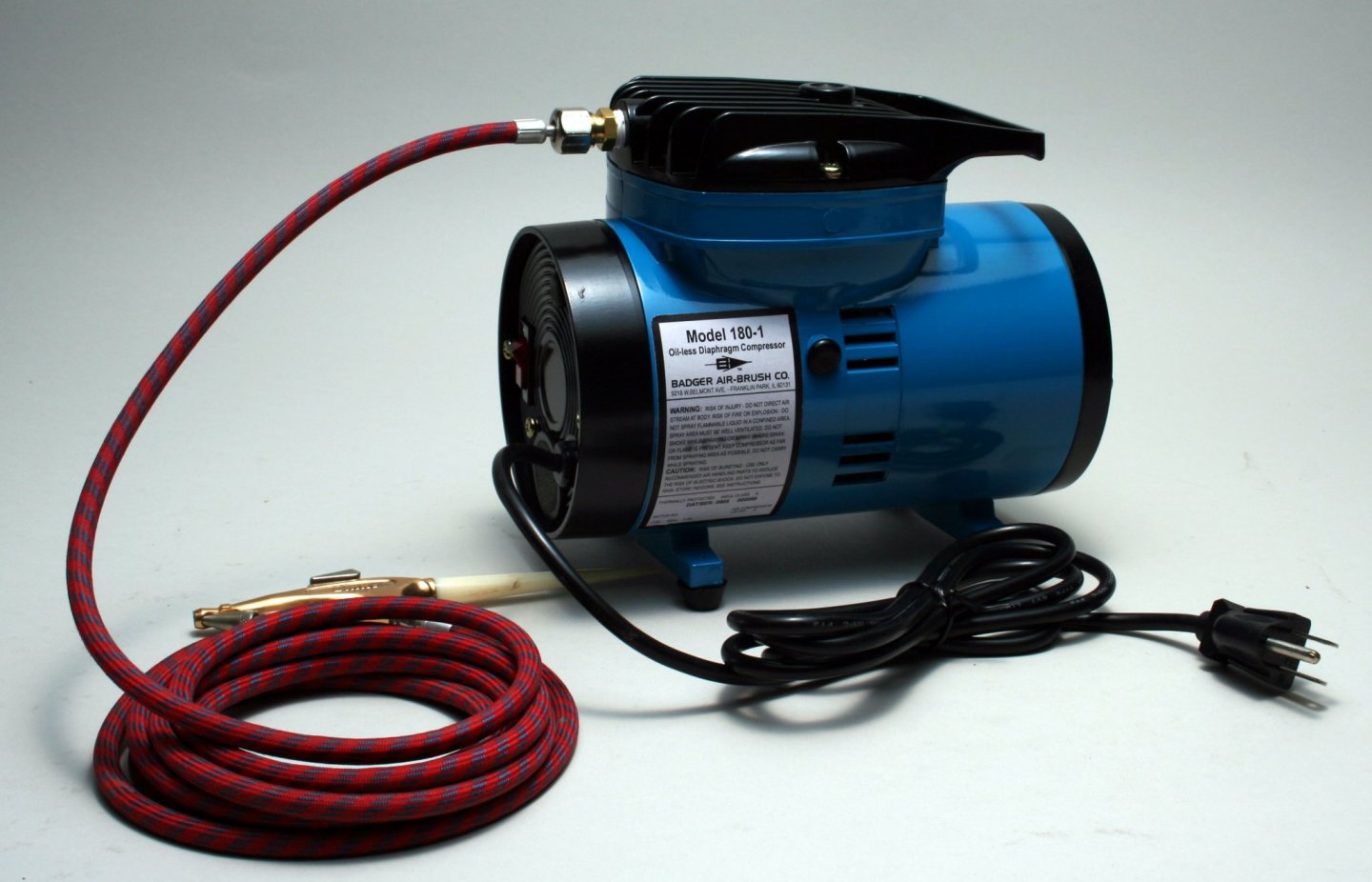-
Posts
3,040 -
Joined
-
Last visited
Content Type
Profiles
Forums
Gallery
Events
Everything posted by kurtvd19
-

Micromark cutoff saw?
kurtvd19 replied to Brewerpaul's topic in Modeling tools and Workshop Equipment
I do this all the time. The cut edge needs to be cleaned up both ID and OD. A wire wheel works fine for the OD and either a file or a knife blade for the ID - keep a blade just for this type of work - you don't want to try using the blade for a fine cut after using on the tube. -

Micromark scroll saw?
kurtvd19 replied to jeffBoats's topic in Modeling tools and Workshop Equipment
Take a look at this saw from Home Depot - looks almost like a twin - and a lot less $$ One thing about Micro Mark - they have a lot of stuff but if they have it for sale it's commonly known that nobody sells the same thing for more than Micro Mark. https://www.homedepot.com/p/General-International-1-2-Amp-16-in-Variable-Speed-Scroll-Saw-with-Flex-Shaft-LED-Work-Light-BT8007/206347735?MERCH=REC-_-pipsem-_-205419917-_-206347735-_-N -
Gary: The shrouds turned out great and your solution to not using wire looks very realistic. Kurt
-

Latex wall paints?
kurtvd19 replied to Brewerpaul's topic in Painting, finishing and weathering products and techniques
Acrylic model paints have very finely ground pigments - some have pigment grinds as fine as 1 micron. Typical wall paint has pigment that is about 37 microns. That's how they can advertise - Guaranteed One Coat Coverage. No amount of thinning can reduce the pigment size. Use model paints on models. -
Byrnes makes a true draw-plate for making treenails. The sharp edges shave off the excess wood as one uses progressively smaller holes to get the proper size. The cheap ones advertised to do the same thing are most likely jewelers draw plates made to shape wire. If it's not shaving off wood its a jewelers draw plate or you have it going through the plate the wrong way. A good draw plate for treenails isn't going to be cheap - it has to be good hard steel and the flat surface has to be properly finished after the h oles are drilled. Jewelers draw plates shape the wire by squeezing the soft wire in the hardened steel. A jewelers draw plate does not shave off material. The wire will be longer when drawn down to the smaller size/shape as the draw plate is simply compressing the wire while it changes the size/shape and the excess metal has to go somewhere - and that results in it being somewhat longer when finished. Yes the jewelers draw plate can produce treenails but it will be a lot harder than using a proper draw plate and you will break a LOT of wood. Like everything else using the proper tool makes work easier and better.
-

New Website Thread?
kurtvd19 replied to Justin P.'s topic in NAUTICAL RESEARCH GUILD - News & Information
Journeyman: I have no idea about monographs there - I see a couple of articles listed. Please clarify. Thanks -

New Website Thread?
kurtvd19 replied to Justin P.'s topic in NAUTICAL RESEARCH GUILD - News & Information
Thanks. Will check this info out. -

New Website Thread?
kurtvd19 replied to Justin P.'s topic in NAUTICAL RESEARCH GUILD - News & Information
The NRG's new website is live - 100% changed. Even a new store. We will be making announcements on Friday to all NRG members and here on MSW. Had a few things to do regarding our ability to send the mass email to members. So look at the site if you want but we will let everybody know about it on Friday. -
I would build the building frame then wet and weight the keel let it dry and then get it into the building frame to hold it straight. I would want it as straight as possible before starting construction. Good luck
-
The seams can be filled in and the etched lines between planks can be cleaned up. Not real visible after this is done. If you plank over the decking make sure you transfer the markings for structures and pieces to be located to the new planks and open up the holes in the deck you will be covering - eliminate the need to measure and cut holes after doing the planking if done as you fit each plank.
- 23 replies
-
- model shipways
- chaperon
-
(and 1 more)
Tagged with:
-
I just came across this topic when Chris directed a new comer to MSW to it. I was unaware of it till today and now that I am aware of it, I will be providing the link to those writing to me asking if I can identify or fix their model. It will be a real time saver. I have also provided the link to Mary - our NRG Office Manager - so she can send it to people who contact our office asking for help. This will save her a lot of time and will also save me time (again) when she doesn't direct the questions to me. Like David I wish I could see the face of some who said "OK but how much would you charge to fix it". Kurt
-
You picked a good brush. Practice and you will soon be doing good enough to feel confident to lay paint down on a model. Good luck Kurt
-
Yes I have built a few of theirs with more to go. They were vendors at the 2003 NRG Conference and they sold a lot of kits there. The Edmund Fitzgerald in 1/700 was not their best but a lot have been built. There was a problem with warpage of the hull but they replaced it w/o question. I have their USS Panay PG45 - one of the best resin kits I have ever seen - I sure hope I get it built someday.
- 5 replies
-
- resin
- manufacturer
-
(and 1 more)
Tagged with:
-

Byrnes machinery dust collection
kurtvd19 replied to Bill Hill's topic in Modeling tools and Workshop Equipment
It's a Turbo I It's now several years old and I think the Turbo II is quieter. -

Byrnes machinery dust collection
kurtvd19 replied to Bill Hill's topic in Modeling tools and Workshop Equipment
The Fein hose is very flexible. I want to add a small cyclone pre-filter to mine. It resides under a bench with drawers so I need a smaller unit - like would fit on a 5 gal pail. Everything else I have needed comes with the unit. -
The dates are set for the 2021 NRG Conference. October 21-23, 2021 at the Channel Islands Maritime Museum.
-

Byrnes machinery dust collection
kurtvd19 replied to Bill Hill's topic in Modeling tools and Workshop Equipment
I can listen to the TV or stereo in the shop with the vac operating - not silent but quiet enough. Some are more quiet than others - check the specs on their web site. -

Byrnes machinery dust collection
kurtvd19 replied to Bill Hill's topic in Modeling tools and Workshop Equipment
I have a very quiet Fein shop vac that I connect to my Byrnes tools. The OD of the Fein hose is 1 3/8" + a few thousandths - metric for sure. The thickness sander with it's port on top I just set the vac hose into it w/o worry about the gap and let gravity hold it in place - works fine. With the disc sander I use a rubber adapter that goes over the vac hose and slips into the sander's horizontal port pretty tight - the same with the saw that has the exhaust port as it came from Jim. The other saw I got long before Jim provided an exhaust port - I had a club member who had a machine shop cut a hole in the side piece where Jim attaches the exhaust port that the vac hose fits into. I had a cyclone hooked between the vac and the hose but it was big and it lives in the wood shop now. Will get a smaller cyclone soon for the model shop. 100% of the dust is grabbed from the disc and thickness sanders. Nothing catches the saw dust that comes off the top end of the saw blade (of any table saw as far as I know) - but it's minor compared to what comes off the bottom end and is caught up by the vac. Just like full size saws there is a lot of sawdust that has to be vacuumed out of the saw between uses from the corners. -
Compressors are not all that expensive. Unless you need the absolute smallest compressor - which the "airbrush" compressors sold by Badger, Iwata, etc are . There are many sold by Home Depot, Menard's and some chain auto parts stores that are quiet and will also pump up a car or bike tire that are less expensive than the small airbrush compressors. I have even used an air tank that one fills with a gas station compressor - completely silent and adequate for most model jobs. As to paints as long as it is a hobby paint with finely ground pigments, not house paint, most any hobby paint works. I use badger Modelflex Marine paints myself. Do a search for other posts I have made about these paints. Hope this helped, Kurt
-
The 350 airbrush is adequate for most -BUT stay away from the air cans - expensive and they always run out just before the job is done. I started with an earlier version of this brush in 1960 (Christmas of my 8th grade year) with the air cans - and I never got to be any good until I got a compressor. This was the brush I used for a long time and still use it occasionally. I know of 3 models that took gold medals in the advanced class at the WI Maritime Museum's competition that were painted with this brush (Steve Wheeler and I - can't remember the other guy but I do remember the model). As to fine lines - how often does one need to do a fine line on a ship model? Almost never. I can do a pretty fine line with it - but there are other brushes better at that. Kurt The 350 is a good first airbrush - I got my Grandson started with one when he was about 10. Both of these are available from MSW sponsor USA Airbrush Supply This is the 350 set with the air can adapter - $39.60 This is the set for use with any compressor - $44.00
-
System? Do you mean an airbrush, compressor, hose, etc.? Or just an airbrush?
About us
Modelshipworld - Advancing Ship Modeling through Research
SSL Secured
Your security is important for us so this Website is SSL-Secured
NRG Mailing Address
Nautical Research Guild
237 South Lincoln Street
Westmont IL, 60559-1917
Model Ship World ® and the MSW logo are Registered Trademarks, and belong to the Nautical Research Guild (United States Patent and Trademark Office: No. 6,929,264 & No. 6,929,274, registered Dec. 20, 2022)
Helpful Links
About the NRG
If you enjoy building ship models that are historically accurate as well as beautiful, then The Nautical Research Guild (NRG) is just right for you.
The Guild is a non-profit educational organization whose mission is to “Advance Ship Modeling Through Research”. We provide support to our members in their efforts to raise the quality of their model ships.
The Nautical Research Guild has published our world-renowned quarterly magazine, The Nautical Research Journal, since 1955. The pages of the Journal are full of articles by accomplished ship modelers who show you how they create those exquisite details on their models, and by maritime historians who show you the correct details to build. The Journal is available in both print and digital editions. Go to the NRG web site (www.thenrg.org) to download a complimentary digital copy of the Journal. The NRG also publishes plan sets, books and compilations of back issues of the Journal and the former Ships in Scale and Model Ship Builder magazines.






